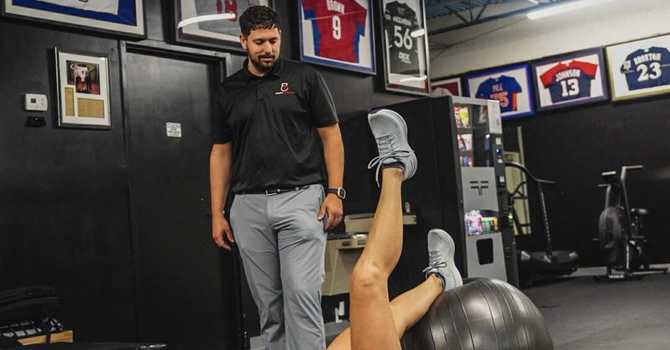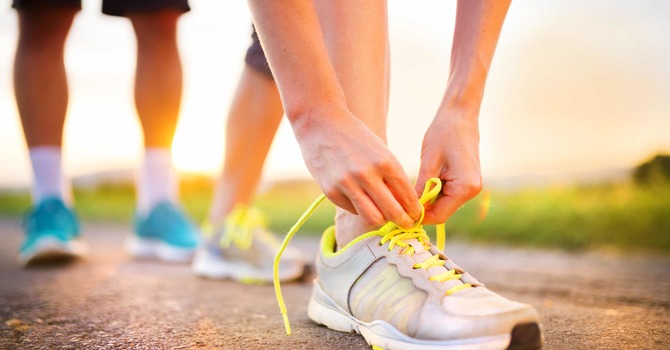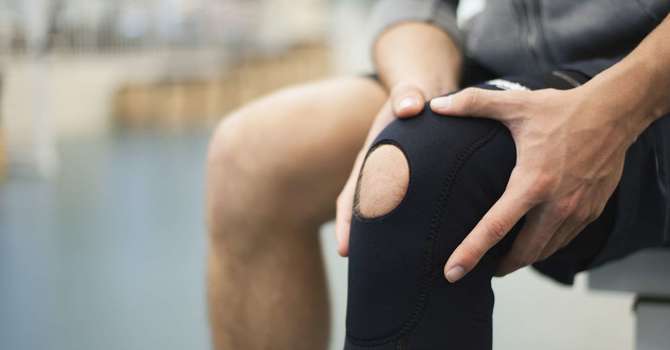
Iliotibial band syndrome is also known as Iliotibial Band Friction Syndrome and is defined as irritation and inflammation of the distal ITB near the lateral femoral condyle of the femur. In regular people's terms, the distal aspect results in excessive friction over the lateral femoral condyle (outside of the knee). This friction results in tight and sharper pain at the lateral aspect of the knee this is worse with running, lunging, and squatting. There may also be a feeling of "snapping" or "clicking" along the outside part of the thigh closer to the knee.
IT Band syndrome is the most common cause of lateral knee pain in runners, cyclists, and military recruits. Mostly athletes and runners experience this issue as one of the main causes is overtraining, poor shock absorption, and poor biomechanics. Some factors that may affect ITBS are excessive pronation which causes more tibial medial rotation, and tensing the ITB more. Worn-out shoes result in poor shock absorption and extra eccentric stress on the knee. Running or sprinting up or downhill and also sitting on a bicycle seat too high. Finally, lack of proper hip mobility and decreased strength of the gluteal muscles and hamstrings.
When assessing a patient believed to have ITBS, it is important that we assess strength bilaterally of the gluteal muscles and hamstring to determine if there is a strength discrepancy present. If there is, it is important to focus on building the appropriate stability and strength in the weaker side to reduce the excessive stress resulting in pain. Typically, the gluteus medius and minimus are weaker and can easily be strengthened by performing a series of exercises such as the monster walk, single-leg clams, and glute min raises. In addition, a lack of appropriate hip mobility in extension and external rotation may cause more lateral stress on the knee, forcing more stress on the distal ITB. Drills such as the 90/90 press-up and banded hip mobilization are simple and effective mobility drills to perform to help reduce muscular tightness and joint stiffness.
Treatment wise, ITBS responds very well to quality hands-on manual therapy, IASTM, dry needling, and WINBACK Tecar therapy. The goals of hands-on care are to help reduce the inflammation in the painful area using a combination of deep tissue work and using modalities. In addition, we want to focus on helping relieve tension or tightness in the lateral aspect of the hip and TFL muscle. Following providing the hands-on work, we typically provide insight on how to perform self-release using a lacrosse ball or foam roller.
If you're a runner or athlete in the Tampa or St. Pete area experiencing lateral knee pain due to IT Band friction syndrome, now is the best time to sign up for your FREE 30-minute Discovery Visit so we can determine if we are the best doctors for you. By the end of that visit, if we cannot help you, we will send you to the best possible location!
-Dr. Cameron Gholampour DC, MS, CCSP
International Certified Sports Chiropractor



